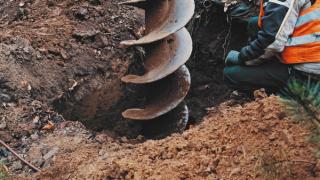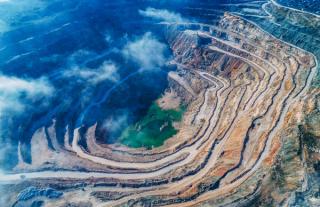
Hong Kong case study: Overcoming barriers to a Zero Landfill direction through solutions that decarbonise the waste sector
by Dane Ancheta
View post

Reinforced soil structures are a foundation of modern geotechnical engineering, built on well-established design standards that prioritize safety and reliability across projects like highways, retaining wall. These methods have served us well, delivering stable solutions across countless projects. But as geosynthetic materials evolve and computational tools like Finite Element Analysis (FEA) become increasingly common in design practice, I can’t help but wonder: are we leaving opportunities on the table?
Continued advancements in geosynthetics and the accessibility to numerical modeling have introduced new possibilities for refining reinforced soil wall designsA recent case study from our team at SLR put this question to the test. We compared a reinforced soil wall designed using traditional methods with an FEA model of the same real-world structure. The conventional standard approach delivered—as expected—a safe, dependable solution. Yet, the FEA opened a window into optimization, highlighting ways to tweak reinforcement spacing, length, and tensile strength. The result? A design that used less material without sacrificing stability or serviceability.
Imagine the implications: reduced reinforcement costs, faster construction timelines, and a lighter environmental footprint—all while meeting or exceeding safety standards. It’s not about replacing proven practices but enhancing them with modern tools. Advanced modelling doesn’t just validate designs; it challenges us to rethink them, offering tailored solutions for complex ground conditions or tight project schedules.
This raises some big questions for our industry:
At SLR, we’re blending innovation with proven engineering principles—using numerical modelling to explore configurations that streamline costs and timelines while upholding the rigorous standards that define our field. This isn’t about replacing conventional design methods—it’s about enhancing them to meet the challenges of today’s mining and infrastructure projects.
As engineering challenges evolve, so must our design methodologies. Whether it's navigating complex ground conditions, reducing environmental impact, or improving construction efficiency, modern computational tools offer us new opportunities to refine and optimize geotechnical solutions.

by Dane Ancheta

by James McKechnie, Ian Todreas

by Alan Clarke, Robin Kelly